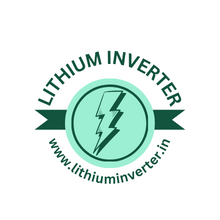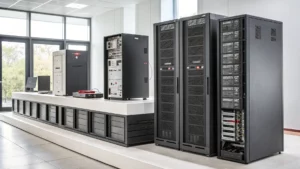The storage battery industry is undergoing a period of unprecedented transformation, driven by a relentless pursuit of lower costs and enhanced performance. Fueled by advancements in materials science, chemistry, and manufacturing processes, the price of energy storage is steadily declining, opening up a world of possibilities for a more sustainable and resilient energy future. However, the rapid pace of innovation makes predicting the dominant technology of tomorrow a significant challenge.
Today, the landscape is a vibrant mix of established and emerging technologies. Lithium-ion batteries, in their various forms, currently hold a dominant position, powering everything from portable electronics and electric vehicles (EVs) to grid-scale storage systems. Their relatively high energy density and declining costs have made them the workhorse of the energy storage revolution. Yet, the horizon is filled with contenders, each promising unique advantages.

The buzz around novel battery technologies is palpable. Solid-state batteries, for instance, are garnering significant attention for their potential to offer higher energy density, improved safety, and longer lifespans compared to traditional liquid electrolyte lithium-ion batteries. Eliminating the flammable liquid electrolyte is a key safety advantage, while the potential for using advanced electrode materials could unlock greater energy storage capacity within a smaller footprint. Several companies and research institutions are actively pursuing solid-state technology, with prototypes showing promising results, although mass production at competitive costs remains a hurdle.
Then there are the more unconventional approaches capturing the imagination. Thermal batteries, which utilize molten salts as electrolytes and operate at high temperatures, are being explored for niche applications requiring long shelf life and high-power output, such as in defense and aerospace. While not envisioned for widespread consumer applications, their unique characteristics make them suitable for specific demanding scenarios.
The concept of a paper battery, often based on cellulose nanomaterials and conductive polymers, presents the possibility of flexible, lightweight, and potentially biodegradable energy storage solutions. While still in the early stages of development, paper batteries could find applications in low-power electronics, sensors, and medical devices. Their environmental friendliness is a significant draw, aligning with the growing focus on sustainability.
Beyond these, research into other battery chemistries like sodium-ion, magnesium-ion, and zinc-air continues to progress. Sodium-ion batteries, utilizing readily available and cheaper sodium instead of lithium, offer a potential cost advantage, although their energy density is generally lower than lithium-ion. Magnesium-ion and zinc-air technologies promise high energy density and safety, but face challenges in terms of cycle life and power output.
The declining cost of energy storage is a game-changer, particularly in the context of the burgeoning renewable energy sector. Solar and wind power, while abundant and clean, are inherently intermittent. Reliable and affordable energy storage solutions are crucial for integrating these renewable sources into the grid, ensuring a consistent power supply even when the sun isn’t shining or the wind isn’t blowing.
As storage costs continue to fall, the economic viability of relying on fossil fuels for power generation comes under increasing scrutiny. Coal and oil are not only significant contributors to environmental pollution and climate change, but they also involve substantial costs related to extraction, transportation, and refining. Furthermore, the infrastructure required to transmit power from centralized fossil fuel power plants to distant consumers incurs significant capital and maintenance expenses.

Distributed energy generation, coupled with localized energy storage, offers a compelling alternative. Imagine homes and businesses equipped with solar panels and battery storage systems, capable of generating and storing their own electricity. This reduces reliance on centralized power grids, minimizes transmission losses, and enhances energy independence. In remote areas, where extending traditional power lines is expensive and challenging, decentralized renewable energy systems with battery storage can provide access to clean and reliable electricity.
The convergence of affordable energy storage and abundant renewable energy sources has the potential to reshape the energy landscape dramatically. While pinpointing the dominant battery technology a decade from now remains speculative, the overall trend is clear: energy storage will become increasingly ubiquitous, cheaper, and more efficient. This shift will not only accelerate the transition towards a cleaner energy future but also foster greater energy resilience, reduce transmission costs, and empower communities to take control of their energy needs. The continuous innovation in the storage battery industry promises a future where clean and reliable energy is accessible to all, potentially rendering the reliance on polluting and costly fossil fuels a relic of the past.




